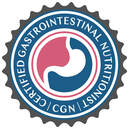|
First of all I want to start off with a fun fact, not all fiber is the same, nor does it work the same in the gut. Fiber can be complicated. However, today I am going to try and break it down for you. Dietary fiber refers to plant carbohydrates that we humans cannot digest because we lack the digestive enzymes to break them down. These fibers include cellulose, hemicellulose, pectin, lignin, gums, beta-glucans, fructans, galactooligosaccharides, and resistant starches. Each part of the plant (stem, root, leaf, etc) and its age all are factor into what fibers are present upon consumption. See Table 2 below for more info on each type of dietary fiber. SOLUBLE VS INSOLUBLE There are two main categories generally used to categorize dietary fiber – soluble fiber and insoluble fiber. We need both for optimal gut health. Soluble fiber dissolves in water and often has a high water holding capacity, creating a gel like (viscous) substance. This gel like substance can firm up and soften stool, and therefore can help reduce severity of diarrhea while also softening hard stools. However, it also slows down the speed of which food/fibers travels through the gut and can reduce the absorption of nutrients. Soluble fiber is also highly fermentable by gut bacteria. Insoluble fiber on the other hand, does not dissolve in water, does not create a viscous gel, and generally is poorly fermented. Instead it acts like straw, bulking up the stool, supporting movement out, and cleaning the gut along the way helping to slough off dead cells. Soluble fiber is more gentle and can be better tolerated if someone has gastritis or intestinal inflammation, while insoluble fiber is more rough and can be irritating to inflamed tissue. FERMENTABILITY Although both soluble and insoluble fibers can be degraded by colonic bacteria, soluble fibers are fermented at a much higher degree. Fermentation of fibers usually happens in the first part of the colon, where bacteria breakdown the fibers that we cannot digest and produce hydrogen gas as a byproduct. Therefore, fermentable fibers are known as prebiotics, or food for good gut bacteria. The most fermentable dietary fibers include fructans, galactooligosaccharides (GOS), pectin, gums, beta-glucans, and resistant starch type 3. Fermentation produces energy for the beneficial microbes and provides humans with short chain fatty acids (mostly acetic acid, propionic acid, and butyric acid). Short chain fatty acids provide humans with a lot of different health benefits including 1) they stimulate mucous production in the colon which aids in elimination and encourages the growth of akkermansia (a keystone species of gut health), 2) they decrease the pH of the colon which prevents the growth of pathogenic bacteria, 3) they provide fuel for the colon cells, 4) they enhance immune function, 5) they help prevent colon cancer, and 6) they can inhibit cholesterol synthesis in the liver. Each unique bacteria preferentially ferments different fibers and therefore produces different types of SCFAs. Therefore, in order to reap these benefits, we need to eat a wide variety of plant fibers. VISCOSITY Viscosity, or gelling power, varies amongst fiber types. Some soluble fibers are viscous and all insoluble fibers are not. The higher the viscosity, the greater the gelling power, and the higher the water holding ability. Viscous fiber SLOWS stomach emptying and stool transit time. Therefore, it can help increase satiety and provide relief when struggling with loose stools. However, if soluble fiber is also fermentable (most soluble fiber), then it does not provide constipation relief. Since fiber is fermented in the first part of the colon, it loses its water holding capacity, and may therefore contribute more towards constipation (especially in supplemental forms like wheat dextrin). However, if the soluble fiber is highly viscous and NOT fermentable, like psyllium, it can increase stool water content throughout the entire length of the colon, providing relief for both loose stools and constipation. Viscous fiber can also reduce absorption of nutrients by binding to them and reducing digestive enzyme function. Therefore, highly viscous soluble fiber is found to be helpful at reducing cholesterol and blood sugar levels. However, if someone is already struggling with malnutrition or nutrient deficiencies, too much soluble fiber may further impair nutrient absorption. BUT, if stools are loose, slowing them down with soluble fiber, will increase the time allowed for nutrient absorption, thereby increasing the ability to absorb nutrients from the diet. Soluble and viscous fibers include pectins (apples, citrus, berries), gums (oats, barley, legumes), beta-glucans (oats, barley, rye, and mushrooms), and psyllium. They are all highly fermentable, except psyllium. The more processed (heat & pressure), the less they retain their viscosity. Therefore, muesli eaten cold with yogurt is going to retain more of its viscosity than Cheerios. Another example would be a functional fiber, partially hydrolyzed guar gum (PHGG). This functional fiber has been chemically altered to remove the viscosity of raw guar gum. Therefore it no longer has gel forming properties but remains soluble and fermentable. NON-FERMENTABLE, NON-VISCOUS INSOLUBLE FIBERS Non-fermentable, non-viscous, insoluble fibers not only provide benefit by increasing fecal bulk and speeding up transit time, they also support detoxification. Since insoluble fibers help support regularity, they are essential for eliminating environmental toxins, chemicals, and excess hormones. If stool stays stagnant in the colon for too long, we can reabsorb these chemicals, toxins, and hormones, leading to increased inflammation and hormonal imbalances, and eventually leaving us feeling crummy, fatigued, and inflamed. Can anyone relate? If you don't have your daily poo, you don't feel like you?? Insoluble fibers also help increase stool bulk which aids in the laxation of the colon and reduces straining. Interestingly, research shows that the larger the fiber particle, the more potent the laxative effect. Therefore coarse wheat bran, which is high in insoluble fiber, is a much more effective laxative than fine wheat bran. YOUR LIKELY NOT EATING ENOUGH FIBER Unfortunately, 95% of Americans are not getting enough fiber. That means only 5% of Americans are actually meeting the daily recommended intake of 26-38g per day for women and men respectively. And although you may think you are getting enough fiber, research shows that only 1 in 20 actually do! With the rise of grain-free, bean/legume free, and gluten free diets, daily fiber intake can take a significant fall even in health conscious individuals. Ensuring adequate fiber intake is important because it helps eliminate waste products via stool, increases satiety and supports a healthy weight, and feeds good gut microbes. By eating a variety of plant foods, you will get adequate amounts of both soluble and insoluble fiber and plenty of colorful polyphenols to boot! A general rule of thumb is to aim for ~10g of fiber per meal. If you are not sure how much fiber you are getting each day, track it to get a rough estimate, then make intentional changes. But wait! If you have been eating a low fiber diet, tummy rumbles and gas may be more pronounced initially as the bacterial composition and stool viscosity changes. Therefore, to avoid discomfort make sure to gradually increase fiber over time, drink plenty of fluids, and move your body daily to help support proper elimination. Unfortunately, certain types of fibers may exacerbate GI symptoms for some individuals. For example, if you are struggling with diarrhea, you may want to limit your intake of insoluble fiber rich foods until the diarrhea is resolved. Alternatively, if you struggle with constipation, slowly increasing your insoluble fiber intake can be helpful. If you struggle with SIBO you likely need to be careful with some fermentable fibers, to reduce gas and bloating, until SIBO is addressed. In general, a healthy gut thrives off of a variety of plant fibers. Therefore, just because you cannot tolerate one type of fiber right now, doesn't mean you may not be able to tolerate it again in the future. It just means that you need to be mindful of which fibers you can or cannot tolerate. Ideally, work 1:1 with a gut health dietitian to help you navigate dietary and supplemental fibers and address the root cause of your digestive woes. FIBER SUPPLEMENTS When using fiber supplements, you first have to ask yourself why do I need a fiber supplement? Is your diet lacking in fiber, then definitely start here first, gradually increasing fiber rich foods in your diet. If struggle with diarrhea you start by increasing soluble fiber rich foods and reducing insoluble fiber rich foods until loose stools improve. If this doesn't work, then try psyllium or Benefiber for some immediate support. Whereas if you struggle with constipation, you may consider adding in coarse wheat bran or using psyllium husk for relief. Finally, if you have SIBO then you may want to avoid inulin/FOS fiber supplements and try Sunfiber (PHGG). The table above will help guide you towards a fiber supplement that may help address your current needs. Ideally, work with a gut health dietitian to navigate all the other fiber options available and help you select a fiber supplement to fit your unique needs. And remember, if your symptoms worsen on a fiber supplement, please stop taking it, and ask your dietitian how to proceed. For some fiber rich recipes check out the links below: Turmeric Quinoa Porridge Festive Massaged Kale Salad Hearty Curry Vegetable Soup Whole Grain Harvest Cornbread Lemon Curry Four Bean Salad Mediterranean Hummus FeedMe Belly Bowl Apple Banana Breakfast Muffins Chickpea Skillet Flatbread References: 1. https://www.todaysdietitian.com/newarchives/0718p11.shtml 2. https://jandonline.org/article/S2212-2672(16)31187-X/fulltext 3. https://jandonline.org/article/S2212-2672(15)01386-6/fulltext 4. Gropper and Smith. Advanced Nutrition and Human Metabolism, 6th Edition. 5. https://www.ncbi.nlm.nih.gov/pmc/articles/PMC6124841/ 6.https://www.nutricialearningcenter.com/globalassets/pdfs/specialized-adult-nutrition/webinar-slides_fiberprebiotics_adult-health.pdf?epieditmode=False 7. https://www.ncbi.nlm.nih.gov/pmc/articles/PMC4415970/
0 Comments
|
AuthorLike to read? Then get your evidence based nutrition information here! All posts written by Selva Wohlgemuth, MS, RDN Functional Nutritionist & Clinical Dietitian Archives
August 2023
Categories
All
|
Providing custom functional nutrition therapy since 2015.
Follow HBN on Social Media!
©Happy Belly Nutrition, LLC 2015-2023
Proudly powered by Weebly
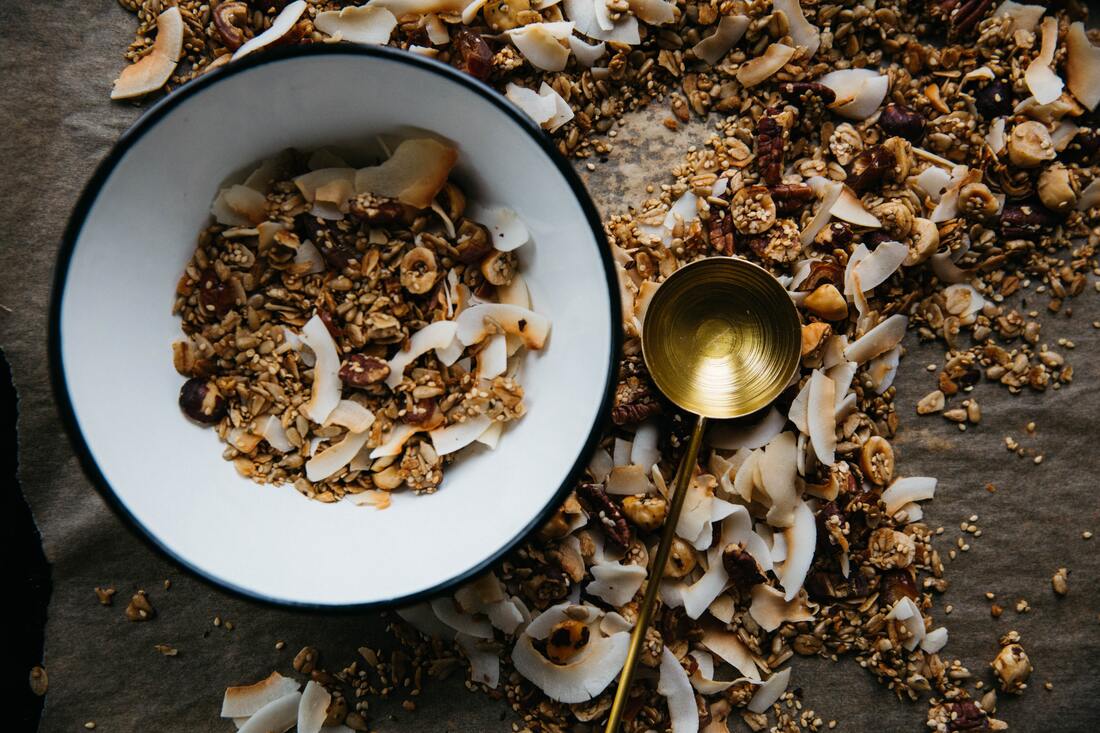
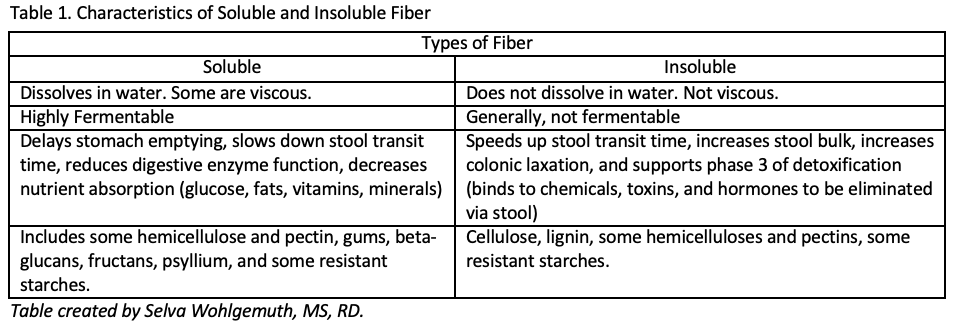
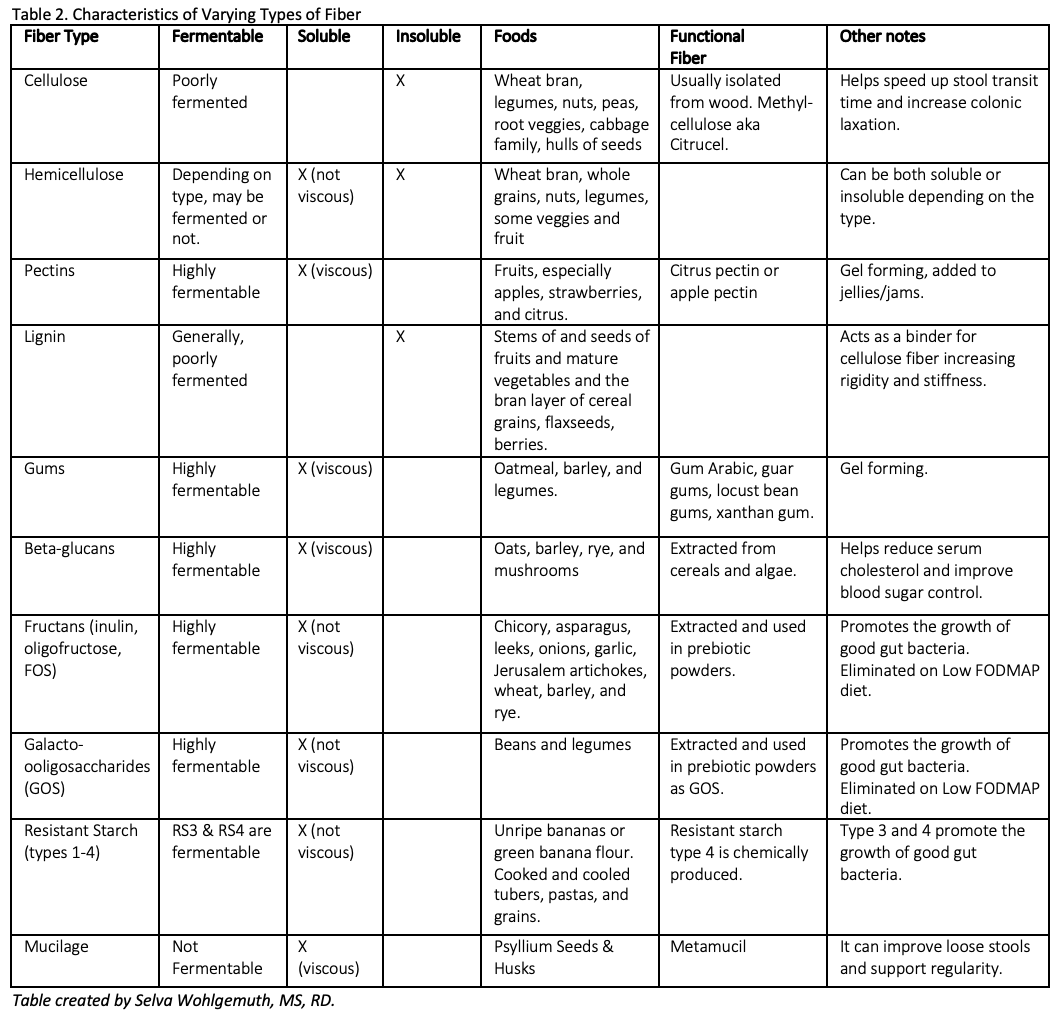
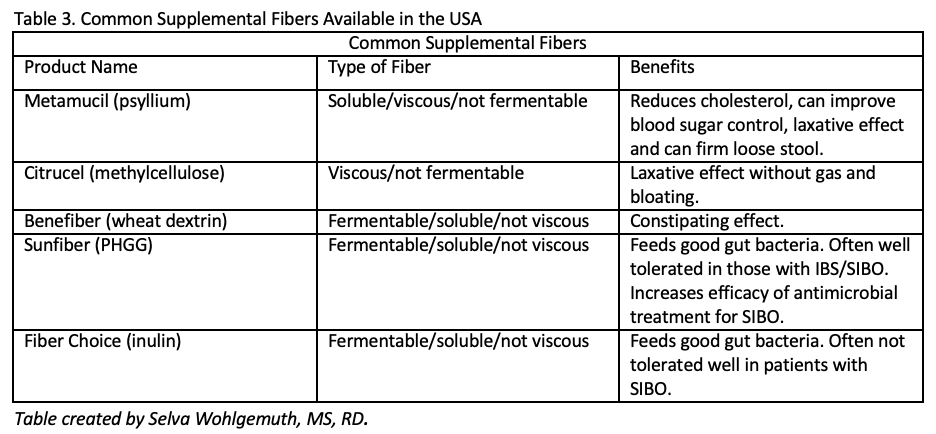
 RSS Feed
RSS Feed

